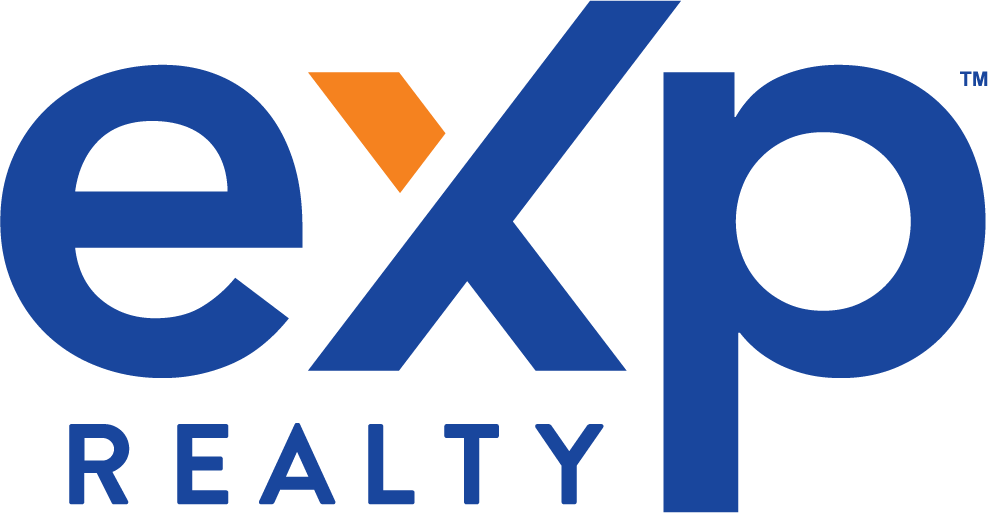There are three different ways to build a house hacking portfolio and each has its own benefit depending on an investors short or long-term goals. The three types of house hacks are positive cash flow, break-even, and negative-positive cash flow. The easiest way to calculate which type of house hack you are invested in is by subtracting the monthly mortgage payment from the expected monthly rent. For example, if your house hack generates $3,500 a month and your mortgage is $2,850, you would cash flow $650 per a month which would make your house hack type, positive cash flow. If your house hack generates $3,200 a month and your mortgage is $3,100, you would cash flow $100 per a month which I would consider breaking even. If your house hack generates $2,500 because you live in the home and the mortgage is $2,770, you would be paying $270 to live there so it would not cash flow. Using this same scenario, once you move out and rent your unit for $950, it would now generate $3,450 a month with a mortgage of $2,770, making it cash flow $680 per month. This is an example of negative-positive cash flow. Having additional cash flow is important as it gives you additional money each month for reserves. Each type has its pros and cons based on cash flow and living situation, but the most important thing to remember is that the best type is the one that works for your investment strategy and long-term financial goals. As a reminder, I have included the meaning of monthly payment, monthly rent, and reserves.
House Hacking Terminology:
- Monthly Payment – What do you owe each month that are fixed expenses? (IE: PITI, sewer, water, electric, etc.)
- Monthly Rent – Use Zillow, Redfin, and Marketplace for market rental prices or MLS reports for rented averages
- Reserves – This is the key to everything. I personally like to have at least $10,000 set aside for unforeseen issues





